Tracking 101
Tracking gives you the power to make smart decisions about where you should be investing in ads so you can get more conversions (sales) and make more money.
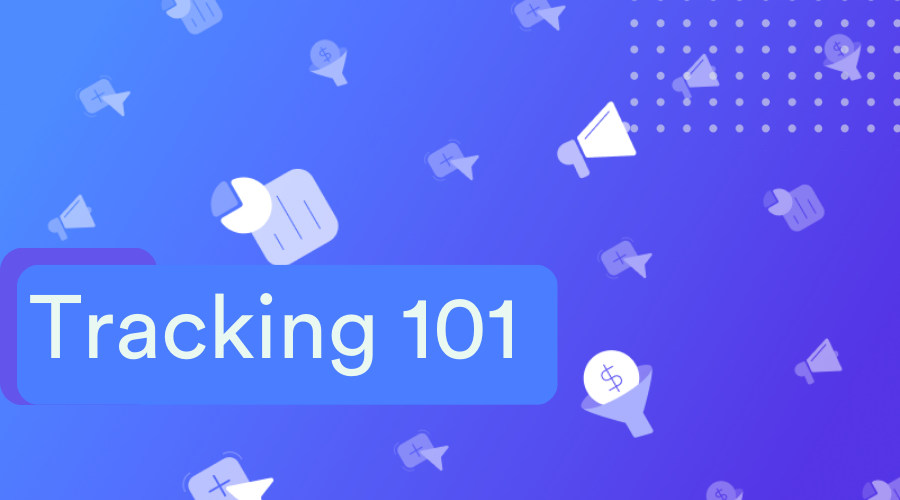
TRACKING 101
Tracking isn’t new. It’s been a thing for as long as marketing and advertising have existed, which is to say forever. And we predict that conversion tracking is going to be a hot topic in 2023 for eCommerce, possibly the hottest.
Jon Cairo, Solutions Engineer at Elevar, started his conversation with Brad Redding, CEO & Founder of Elevar, with an example of pre-internet marketing efforts that were un-trackable: “Every year, my dad would spend $10k on a Yellow Pages ad for his business. Every year, he had no way of knowing whether or not it was making a difference in sales. He was scared to remove his high-dollar Yellow Pages ad, just in case it was the catalyst for a large percentage of his customers’ buying from him, but he had no proof of its validity,”
Advertising today means you have the tools to track conversions. And since you have a lot of different channels to choose from, you have to figure out which channels are working for your business and lever up on them. Then, put your dollars on the ones with the highest conversion rates.
Some basic definitions:
- Google Analytics (GA): a free tool for tracking attribution and website analysis
- Attribution: how you’re assigning credit to a conversion; what channel or website is assigned to the sale.
So you’ve got a good idea of why tracking is important, yes?
But just in case: at a very high level, tracking, whether you’re a Shopify or Shopify Plus merchant (or any other eCommerce business for that matter), gives you the power to make smart decisions about where you should be investing in ads so you can get more conversions (sales) and make more money. (PSA: The definition of a “conversion” is “sale,” for the purposes of this conversation.)
But wait, there’s more. Accurate, consistent tracking can lead to compound growth.
What is compound growth? According to dictionary.com, “compound growth is the rate at which an economy, investment, company, etc. grows over a period of years, based on growth over the previous year.” According to Jon Cairo, it’s “growth on growth.”
In context: Let’s say you’re using accurate conversion tracking regularly, so over time, you can see where the bulk of your sales are coming from. Thus, you decide to move 5% of your marketing budget over to that highest performing channel. That year, you see a 10% growth in your business, and over the next seven years, your business doubles.
Just the numbers:
- 10% growth per year, business doubles in 7 years
- 20 % growth per year, business doubles in 3 years
- 30% growth per year, business doubles in 2 ½ years
We see these numbers (and more) with our clients at Elevar regularly–they’re not unrealistic.
You have options for conversion tracking. Here are two popular choices:
- UTM Parameters: text after the url that carries information about where the click came from
- Click IDs: the click tracking links consumer clicks to ads
Options also include trackers that rely on IP addresses (<50% accurate) and browser fingerprinting, which only works if your customer uses just one browser on one device to buy.
But what if I only advertise on ONE channel? Do I need to worry about tracking?
If you opened your site yesterday, there’s a chance you can get a handle on where conversions come from. But as soon as there’s organic traffic and people telling others about your store, or directly typing the website in, attribution becomes difficult.
Why is basic tracking inaccurate?
See above, and add the complex journeys consumers embark on to get to the purchase. Example: Joe finds shoes he likes in a Facebook ad that pops up while he’s at work. He goes home later and buys the shoes on his desktop. Google Analytics doesn’t know it’s the same Joe who went from Facebook ad to directly buying online, so that traffic is either unattributed or attributed inaccurately.
What about conversion surveys?
After your customer makes a purchase, they get a question like, ‘How did you hear about us?’ and it’s possible to capture some of the information you need and to map it back to the conversion. But the conversion survey is largely dependent on whether or not the consumer takes the time to answer and/or to answer accurately.
And in case you need another reason to embrace conversion tracking…
Sending good data to these channels, like Facebook and Google, gets you good customers (eg, the ones that convert). The better the information you pass along to the channels, the more likely they are to be able to send those good customers your way.
Plus! Better data lowers your spend on ads. How? Because channels like Facebook want your customers to convert, they want customers to click on your ads and be interested in your products on their channel. When you pass them good data that proves you’re converting, they lower the price of your ads (so you’ll keep buying ads and maybe buy more, of course).
But don’t these channels have ways to do this? Can’t you add a script to the site and track it that way?
The answer, according to Jon: “Sometimes, yes–but for the most part there are always complications. Ad blockers are a big issue to consider–they prevent the data from getting to a place where you can analyze it, or it might not be passed in full (direct vs. where it came from). You can’t be confident in Google Analytics’ data–there’s no confidence in the numbers. Back to the yellow pages example–you don’t know what’s working or not.”
“It’s not that easy to do tracking right. It’s more difficult than a script in Google tag manager or in your store; it’s a technical thing to track effectively and accurately, and it’s just as complex as building your website.”
Brad Talks Next Steps:
“Once you have basic conversion tracking in place and functional, the natural next step is figuring out how to get your traffic to convert better. The answer: Iterate, Test, Analyze, Repeat. Use your tracking to come up with stronger hypotheses about where to successfully allocate advertising funds–so at the end of the day, you’re making more money.”
If you’re looking for a solution to the tracking conundrum, Elevar Server-Side tracking is a fully managed experience–we do the hard work for you, transforming your customers’ events into structured, trackable data, with a 99%+ conversion tracking guaranteed.
Coming soon…Tracking 102: the depths of server-side tracking, consent management, and more!
For the rest of the story and more details on tracking, listen to the podcast.
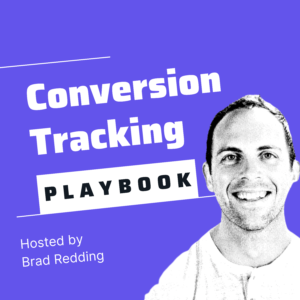
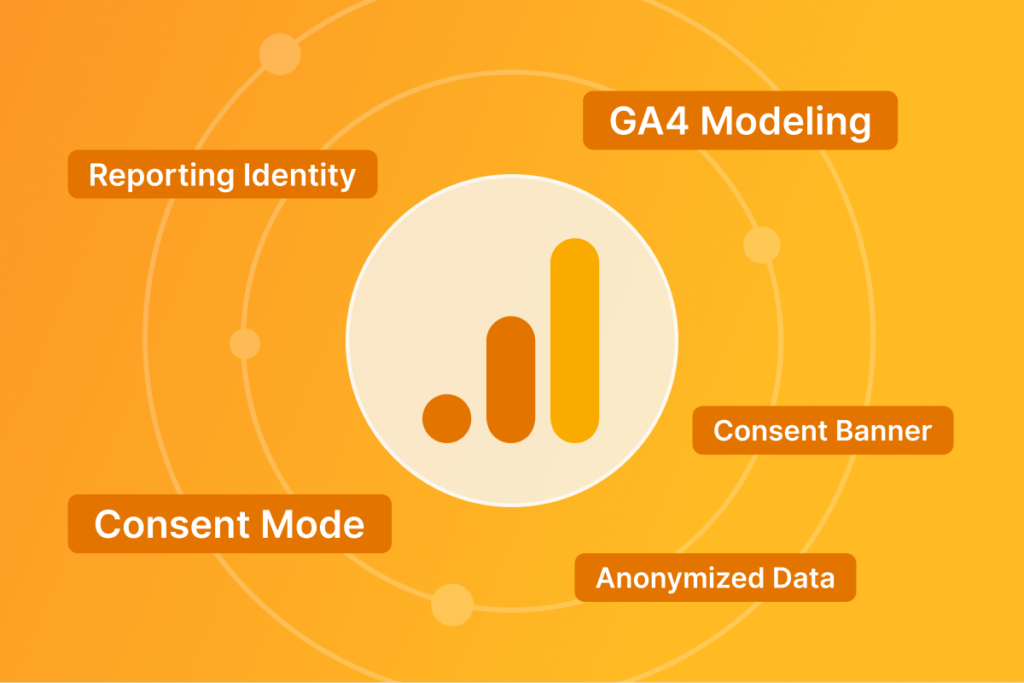
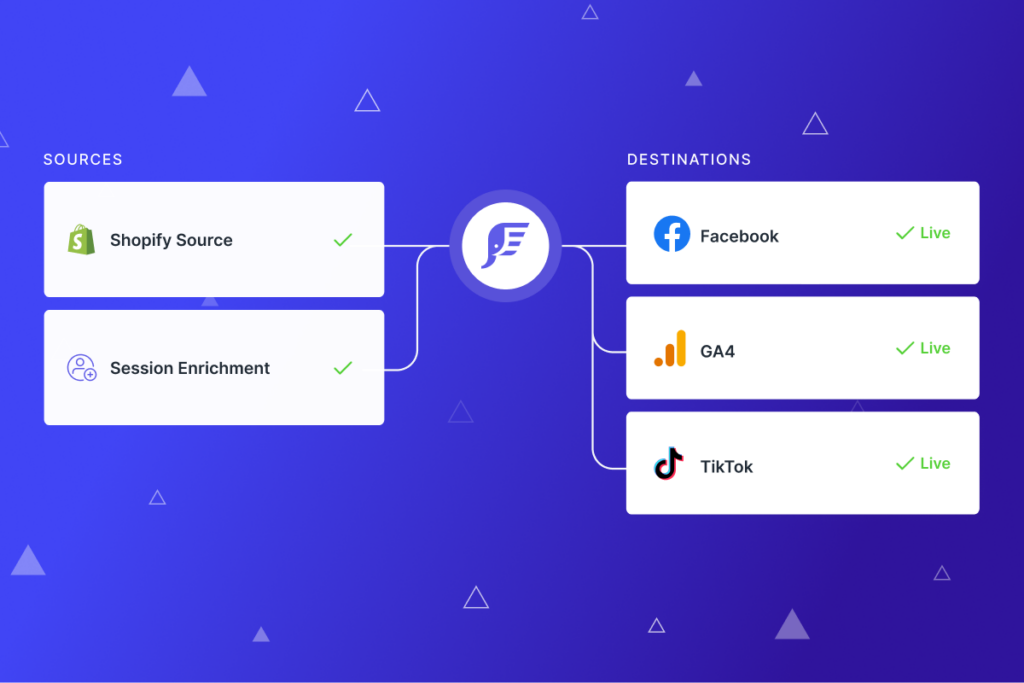
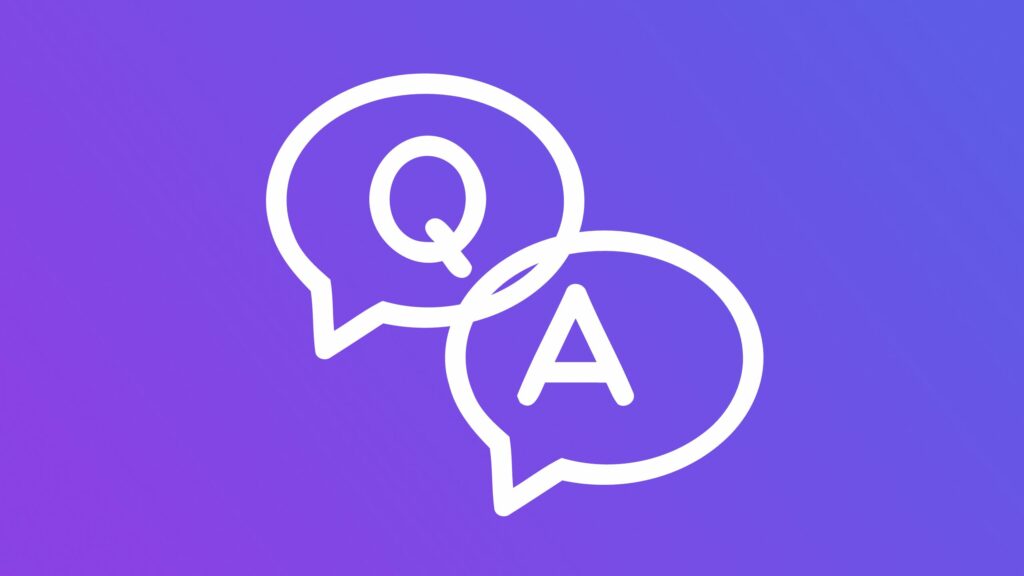
Leave a Reply